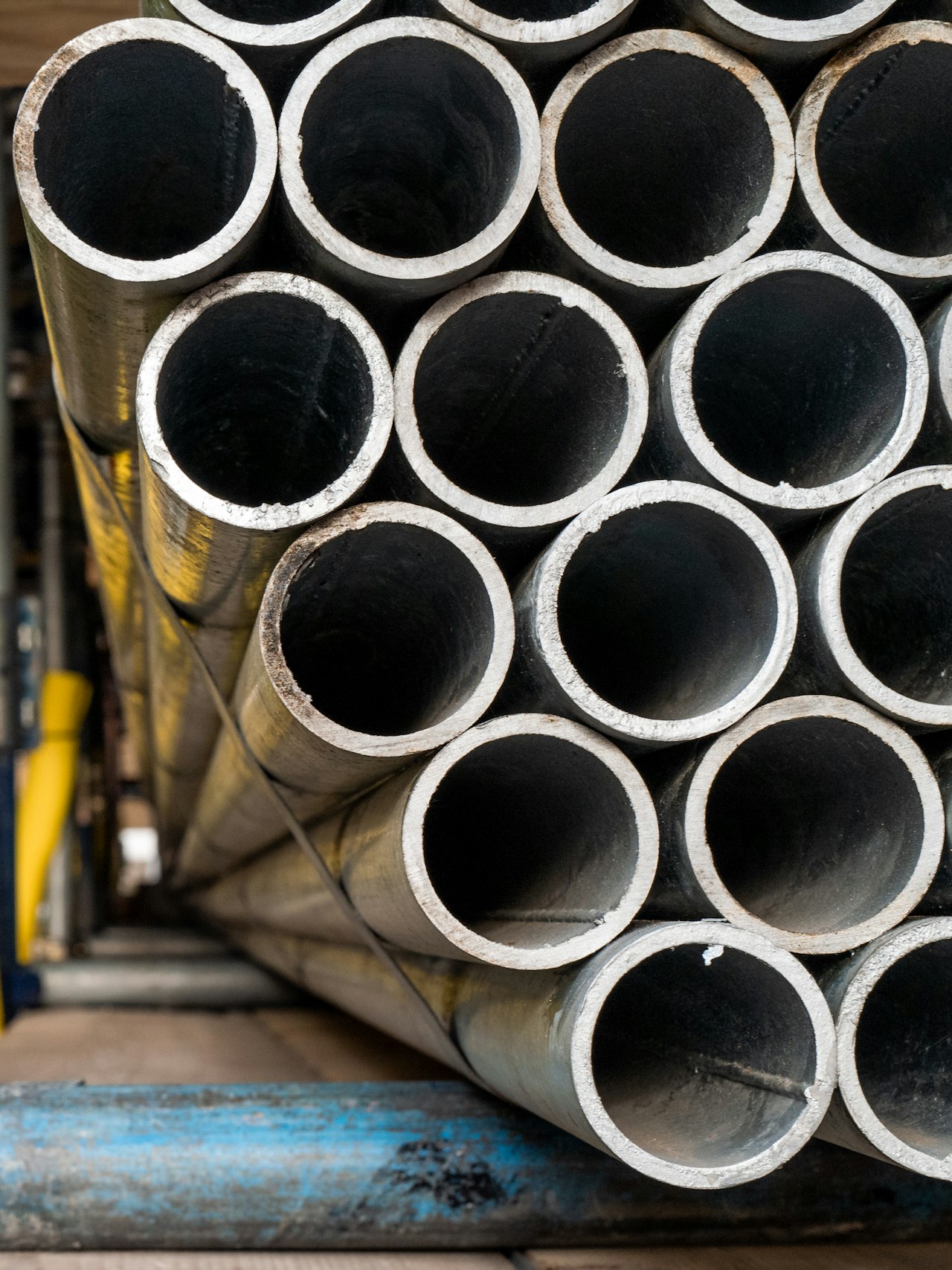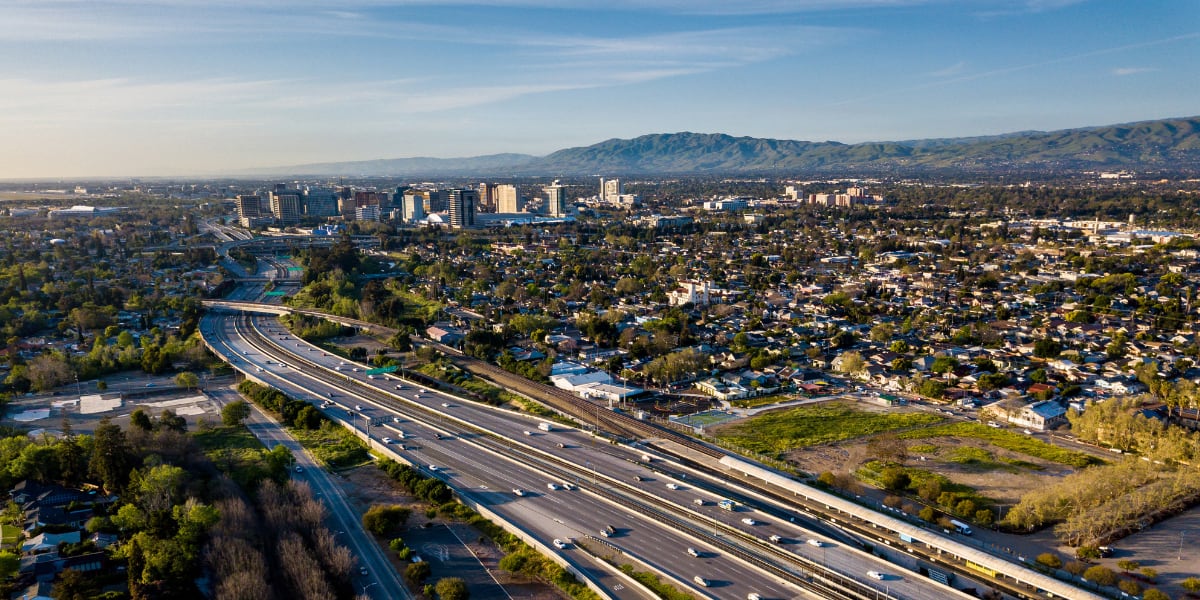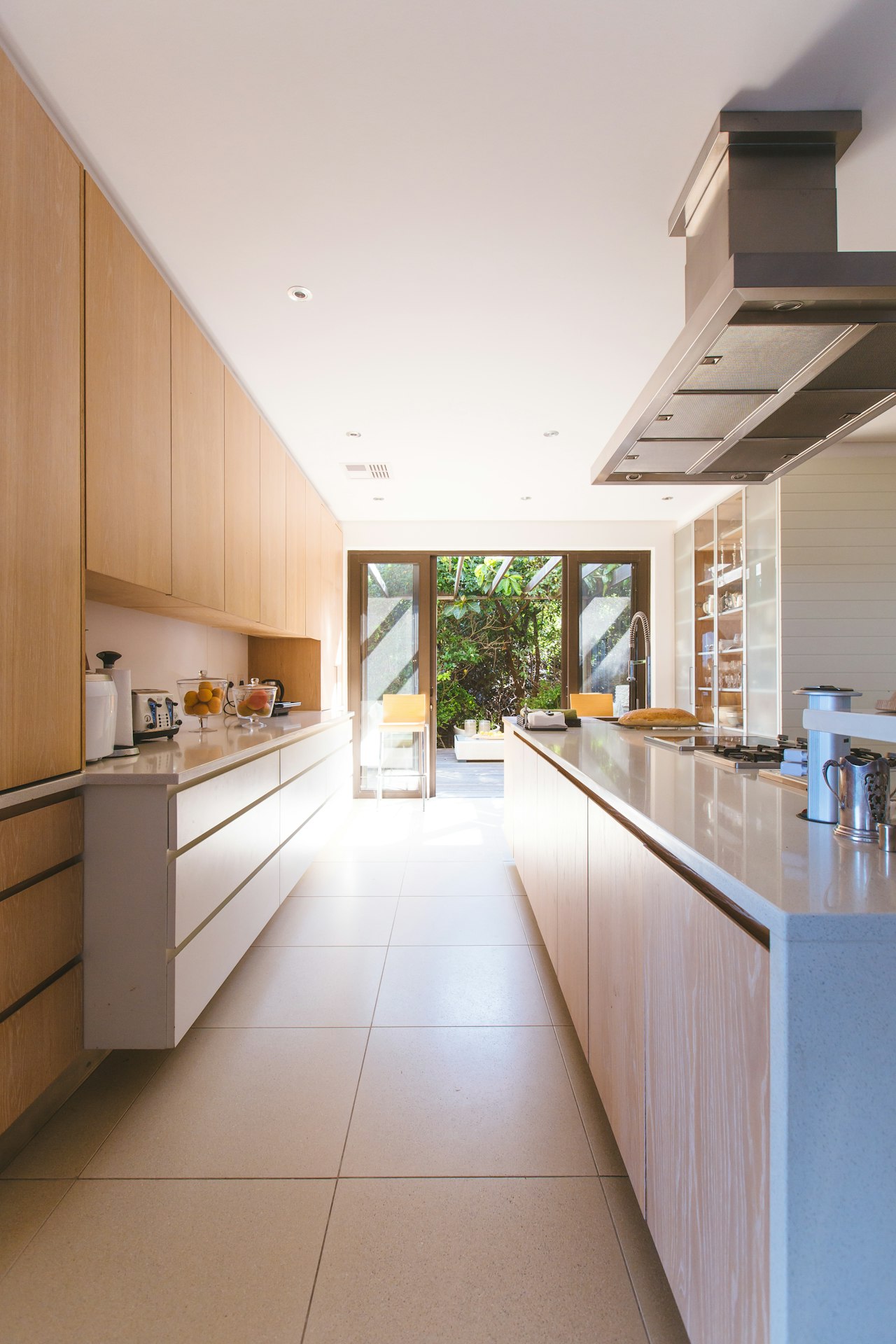Got a strange taste in your water? Suspect it might be your pipes? Let's figure out what kind of pipes you've got. Replacing pipes can be expense, but believe me, it’s worth it down the road. In California, we would recommend our clients to use copper for water supply pipes, while ABS would be the top choice for drainage pipes.
Water supply Pipes
Galvanized Pipes (1960s)
Galvanized Pipes are commonly found in older homes that have never been remodeled. However, over time, these steel pipes tend to rust from the inside, resulting in decreased water pressure and potential blockages. This corrosion can also lead to an increased risk of leaks or ruptures, potentially causing flood damage.
Polybutylene Plumbing (1980s)
Polybutylene plumbing is associated with potential problems due to the inner walls of the pipes becoming brittle and flaky over time, believed to be caused by oxidants in the water. This can lead to micro-fractures, leaks, and even bursting under high pressure. Many insurance companies may not provide coverage for homes with these plumbing lines due to the risk of water damage.
Copper (1990s)
Copper pipes are widely used today due to their dependability and resistance to corrosion. They are considered non-toxic and are commonly used in plumbing systems worldwide, although they come at a higher cost compared to other materials.
Sewer Pipes
Clay (early 1900s)
Clay pipes were once popular for city plumbing and drainage systems due to their strength and availability of raw materials. However, they are prone to root intrusion and ground shifting, leading to potential damage and costly repairs.
PVC (2000s)
PVC pipes are corrosion-resistant and easy to install, but they are not recommended for drinking water supply since they are not made to handle extreme heat, which can result in health risks if melted.
PEX (2000s)
PEX pipes are a more affordable alternative to copper and are quick to install. However, they are prone to cracking and breaking under strong UV rays, making them better suited for underground sewer pipes in warmer climates.
ABS (2000s)
ABS pipes are durable and suitable for sewage and underground applications in colder temperatures. However, they are not recommended for drinking water pipes due to potential health effects observed in studies involving exposed animals.
 Author: Susanna Leung
Author: Susanna Leung
Susanna Leung’s goal as a real estate professional with Haylen Group is to help her first-time home buying clients find that perfect home where their families can grow, thrive, and live their dreams in the United States. She applies her experience in remodeling, resource networking, negotiations, and advanced marketing to provide her clients with dedicated, full coverage service.








